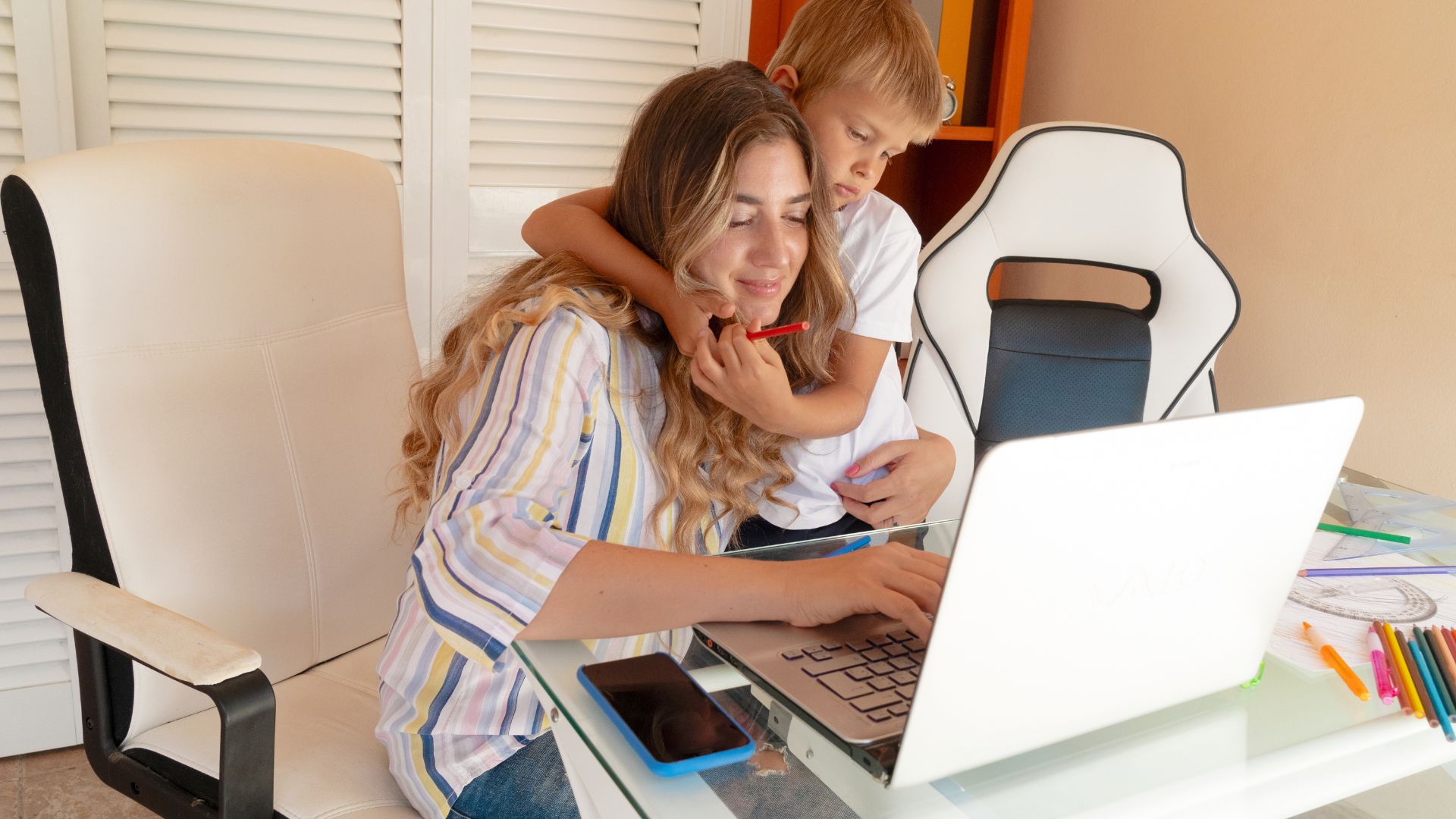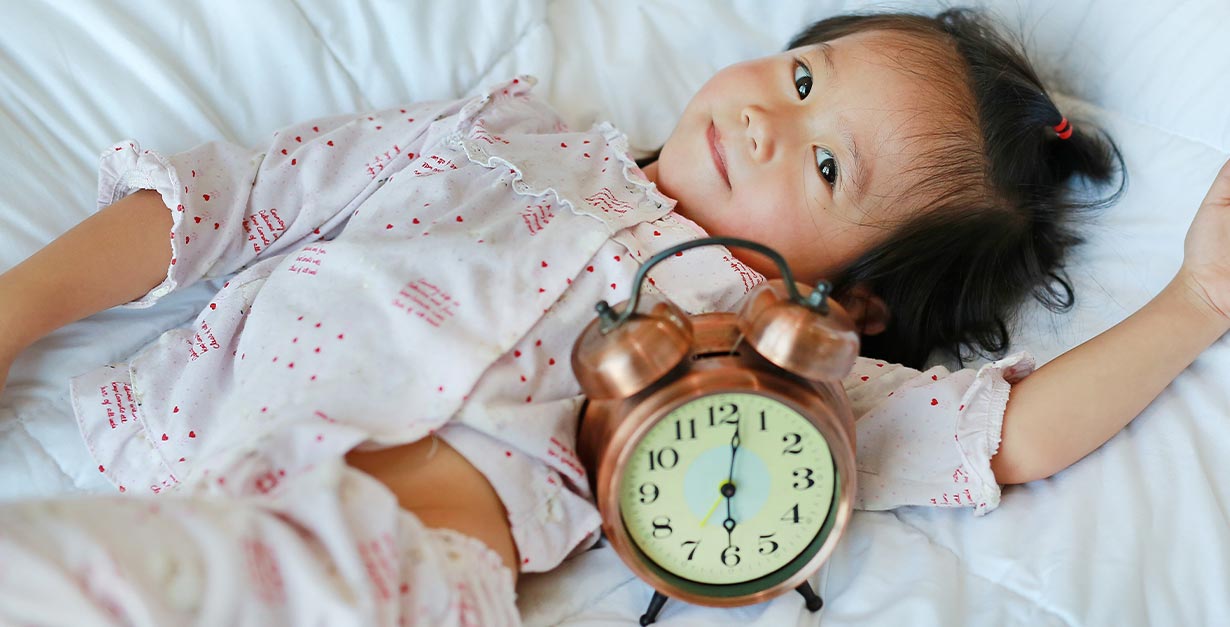I encourage you to visit Katie Holloran, MA, BCBA at http://www.behavioristnextdoor.com or on Facebook for more tips, resources, and information on sleep coaching.
As a parent myself, I find these 5 tips to be the most helpful in getting back on track when my home life feels a bit out of whack – maybe it’s due to fall travel, family coming to visit, or even the time change. No matter what has caused the beginning-of-the-school-year routine to get a bit disrupted now that we’re in November, these tips can help create a calmer, more organized, and happy home life.
find these 5 tips to be the most helpful in getting back on track when my home life feels a bit out of whack – maybe it’s due to fall travel, family coming to visit, or even the time change. No matter what has caused the beginning-of-the-school-year routine to get a bit disrupted now that we’re in November, these tips can help create a calmer, more organized, and happy home life.
Tip 1: Create (or Re-Create) Systems and Routines That are Clear for You and Your Kids
Organizing all of the pieces of the evening and morning routines is the first step toward efficient, stress-free, tantrum-free mornings. The key here is to make sure that the systems you organize are clear to your kids too – I’ve learned my lesson here. To do that, any time you make a new system (hang hooks on the walls for coats/backpacks, create shelf space for kid’s school materials, etc…) make sure you create clarity by labeling things. For instance, one easy routine-creation tool I use all of the time and suggest to families I work with is the re-adjustable, sticky hooks that you can hang and reposition throughout the house. Giving each child a hook for his/her coat/jacket/hat and another hook for his/her backpack or school bag will help you all stay organized and clutter-free. Placing a piece of label tape or washi tape on top of the hook with the child’s name on it will help to alleviate any confusion or frustration, and will also make the kids excited to have their very own space. Maybe you had a system, but now that you’re a few months into the school year, it just doesn’t seem to be working. Revisit those problem areas with fresh eyes, and see what small tweaks you can make that will have a big, lasting impact.
Tip 2: Support Your Kids’ Routines and Structures with Visuals
 Once you have a system started and you have labeled pieces of the system clearly for your kids, provide another visual support using a checklist or agenda for them to follow. You can create a specific checklist for the last few minutes of the morning with a “getting out the door checklist” where kids would get shoes on, coats if needed, and get backpacks, lunch bags, and any other items they need for school. Or, you can broaden the checklist to have an entire “morning checklist” where kids can check off all of the things they need to do from the time they wake up to the time they walk out the door and head to school.
Once you have a system started and you have labeled pieces of the system clearly for your kids, provide another visual support using a checklist or agenda for them to follow. You can create a specific checklist for the last few minutes of the morning with a “getting out the door checklist” where kids would get shoes on, coats if needed, and get backpacks, lunch bags, and any other items they need for school. Or, you can broaden the checklist to have an entire “morning checklist” where kids can check off all of the things they need to do from the time they wake up to the time they walk out the door and head to school.
For the more concise checklist of a specific “getting out the door” routine, families have found that having this laminated or placing it in a clear binder sheet, affixing it to the wall (a small tack or washi tape work well here) and using a dry erase marker to check off each piece works well. For the longer entire morning checklists, usually kids are moving from place to place throughout the house to complete their activities (getting dressed usually happens in their bedrooms, eating breakfast at the table, brushing teeth in the bathroom, and so on) so having a checklist on a clipboard with a dry erase attached to it can be most effective. These checklists can also be laminated or placed in a binder sheet protector so that you can simply erase and re-use it (no need to write out or print out a million of the same thing!) every morning.
Tip 3: Get Back on Track with Sleep
The families I work with know that I believe a good night’s sleep is the most important gift we can give our children. However, it is also one of the more difficult things to stay on top of, and oftentimes, we need to re-evaluate once the late fall / early winter is upon us. Starting with the wake-up time and working backward is usually best for families. If your child needs to be up and getting dressed by 7am, you will want to start waking them up at a consistent time each morning. Also, now that you know how early they need to get up, you can backtrack your child’s ideal bedtime from there. For instance, a 5-year old needs about 11 hours of sleep a night, so if your child must be up by 7am, that means you’ll need to work to get him/her to sleep by 8pm every night.
Tip 4: Do as Much as You Can the Night Before
Preparation, as with anything in parenting, is key to a good morning. As much as you can, work with your kids to make sure their materials, clothes, and shoes are  organized the night before. I let my children choose their clothes (other than their required uniform top), so each night before bed as part of their routine, they each pick out their clothes for the following day and place them in their assigned space in their bedroom. In the morning, they know just what to do. (Full disclosure – I set out my clothes the night before too – I enjoy not having to make very many decisions in the morning, especially before I have had my coffee!) My husband and I also make as many parts of their lunches as we can before we go to bed the night before, so we have very little, if anything at all, to do in terms of lunch logistics in the morning. The kids also go through their checklists the night before making sure their backpacks, shoes, and any outerwear are ready to go for the morning in their right spots.
organized the night before. I let my children choose their clothes (other than their required uniform top), so each night before bed as part of their routine, they each pick out their clothes for the following day and place them in their assigned space in their bedroom. In the morning, they know just what to do. (Full disclosure – I set out my clothes the night before too – I enjoy not having to make very many decisions in the morning, especially before I have had my coffee!) My husband and I also make as many parts of their lunches as we can before we go to bed the night before, so we have very little, if anything at all, to do in terms of lunch logistics in the morning. The kids also go through their checklists the night before making sure their backpacks, shoes, and any outerwear are ready to go for the morning in their right spots.
Tip 5: Get Your Kids Involved and Give Them Choices
As much work as we have to do as parents to get ready for the school year, and for our lives and our kids’ lives every day during the year; involving kids, and providing choices can serve to both alleviate some parenting stress, as well as increase cooperation around the house. Kids thrive on routine and structure and also enjoy the ownership and feeling of empowerment that comes from participating in their family community in a meaningful way. Involving them in decisions as simple as choosing which repositionable hooks to buy, where to place items, and choosing their own clothes (within reason, of course!) can increase positive behaviors and a generate a sense of pride in their role in the family that your kids haven’t experienced before.
In addition, giving your kids the ability to make choices within the structures you set up can further increase cooperation and happiness throughout the whole family. I tell families with whom I work that providing choices can be a very small opportunity to make a great impact. For instance, in Tip #2, providing visual checklists for your kids morning routines can help them understand what needs to be done, and increase independence. And, if you give them the authority to choose the order in which they do some of the pieces of their schedule, it will only help them more. There may be some parts of the routine that need to be done at certain times that can’t be moved around easily (for instance, I might want my kids to put their coats on last so that they’re not burning up trying to eat their breakfast); but for most things, you can let your children choose the order in which they complete their checklist. The biggest reminder here is that it isn’t a question of choosing “put clothes on for the day” versus “play with legos for 20 minutes”…that’s not usually on my morning schedule for the kids. However, they can choose to “eat breakfast” in their jammies, and then “put clothes on for the day” if they choose. (Note: I do love providing bonus lego/play time in the morning if the kids have completed all of their checklists and we still have time before leaving for school!)
Bonus Tip: Morning Dance Parties or Sing-A-Longs Are the Best Way to Start the Day – for Everyone!
Visit Behavior Analyst and Certified Gentle Sleep Coach, Katie Holloran, at her website: http://www.behavioristnextdoor.com or Facebook: https://www.facebook.com/behavioristnd for more tips, resources, and information on sleep coaching.


